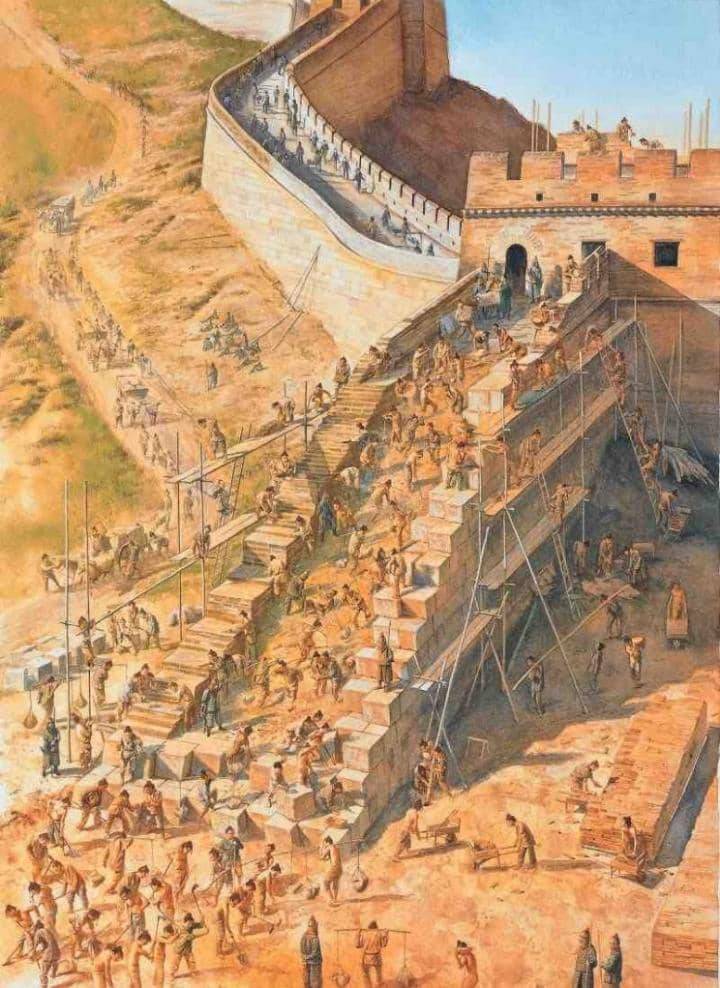The Great Wall of China is a breathtaking feat of ancient engineering that has captured the imagination of people around the world. Stretching across northern China for over 13,000 miles (21,000 kilometers), the wall is a testament to the ingenuity, determination, and perseverance of the Chinese people.
Construction of the wall began as early as the 7th century BC, with various states and dynasties adding to and fortifying it over the centuries. The most extensive building took place during the Ming Dynasty (1368-1644), when the wall was rebuilt in stone and brick, often extending through challenging terrain.
The wall was built primarily to protect the Chinese states and empires from invasions and raids by nomadic groups from the north. It served as a physical barrier, but also as a psychological one, separating the northern and southern civilizations. The wall was also used to control trade along the Silk Road and to regulate immigration and emigration.
The Great Wall is an engineering marvel, with sections built of stone, brick, tamped earth, and wood.
Watchtowers and barracks were spaced at intervals along its length, allowing for effective communication and defense.
The wall’s construction required an immense amount of labor and resources, with estimates suggesting that hundreds of thousands of workers died during its construction.
Today, the Great Wall of China is a UNESCO World Heritage Site and a popular tourist destination, attracting millions of visitors each year. It is a symbol of China’s long history and its ability to endure and overcome challenges, making it one of the most awe-inspiring man-made structures on Earth

